It seems we can’t find what you’re looking for. Perhaps searching can help.
Sign Up for newsletter!
Subscribe to get the latest eBook!
Hotline






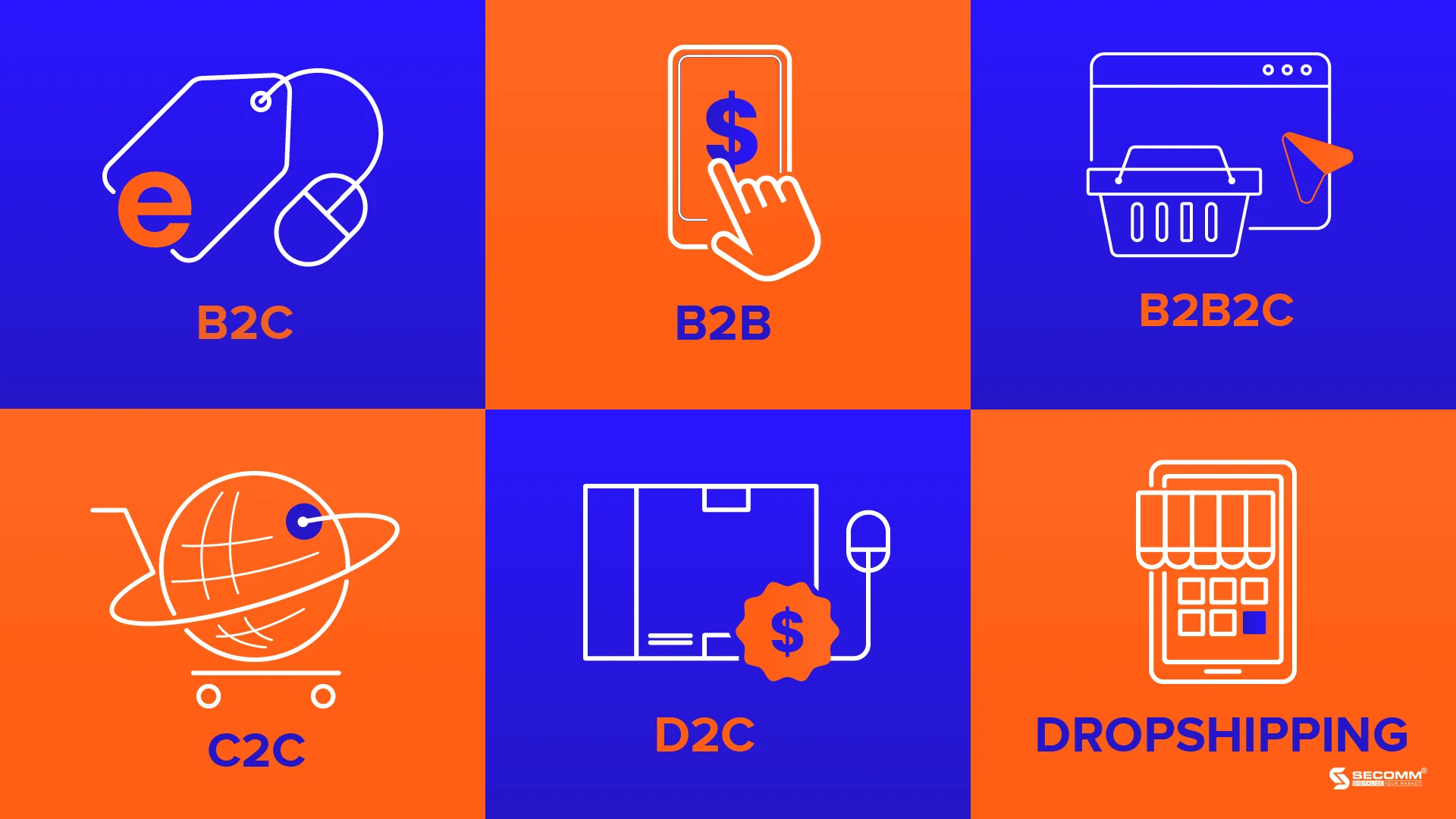
The Vietnamese e-commerce market is highly diverse, featuring a variety of models that cater to large and small businesses, individual sellers, and consumers alike. In the context of rapid digitalization, e-commerce business models have evolved in many directions to meet the needs of both consumers and enterprises. They can be summarized into six main types:
B2C (Business To Customer) involves transactions between businesses and customers. This is also the most popular model in the Vietnamese market.
The Gioi Di Dong is the number 1 retail model in Vietnam for electronic devices such as phones, laptops, tablets, and accessories.
B2B (Business To Business) involves commerce between two businesses.
TELIO is the first B2B e-commerce platform in Vietnam, connecting small-scale traditional retailers with brands and wholesalers on a centralized platform. By aggregating needs, Telio can provide small retailers with more choices, better prices, and more efficient backend support through economies of scale.
B2B2C (Business To Business To Customer) is a collaborative business model between two businesses (B2B) to create and deliver products, services to end consumers (B2C).
Shopee is the most popular e-commerce platform in Vietnam. Shopee Vietnam initially operated as a C2C model, acting as an intermediary in the buying and selling process between individuals. However, Shopee Vietnam has now evolved into a B2B2C model by providing many services and utilities to support the shopping process for both businesses and consumers.
C2C (Consumer To Consumer) is a form of business between two individuals, not businesses.
Chotot is a C2C e-commerce website supporting individuals in buying and selling real estate, cars, recruiting, used electronics, pets, and home services.
D2C (Direct to Customer) is a form of providing products directly from businesses to customers, bypassing intermediary distribution steps.
Lavender specializes in directly supplying premium bed sheets for homes and hotels in the e-commerce market without relying on any distributors.
Dropshipping is a business model that allows online stores to operate without storing inventory, owning products, and shipping products to customers.
Selly is an e-commerce platform that supports business sellers without the need for capital, or inventory storage and takes care of shipping to consumers.
To inquire about free consultation on ecommerce solutions, please contact SECOMM for expert advice.
 2
2
 12,971
12,971
 0
0
 1
1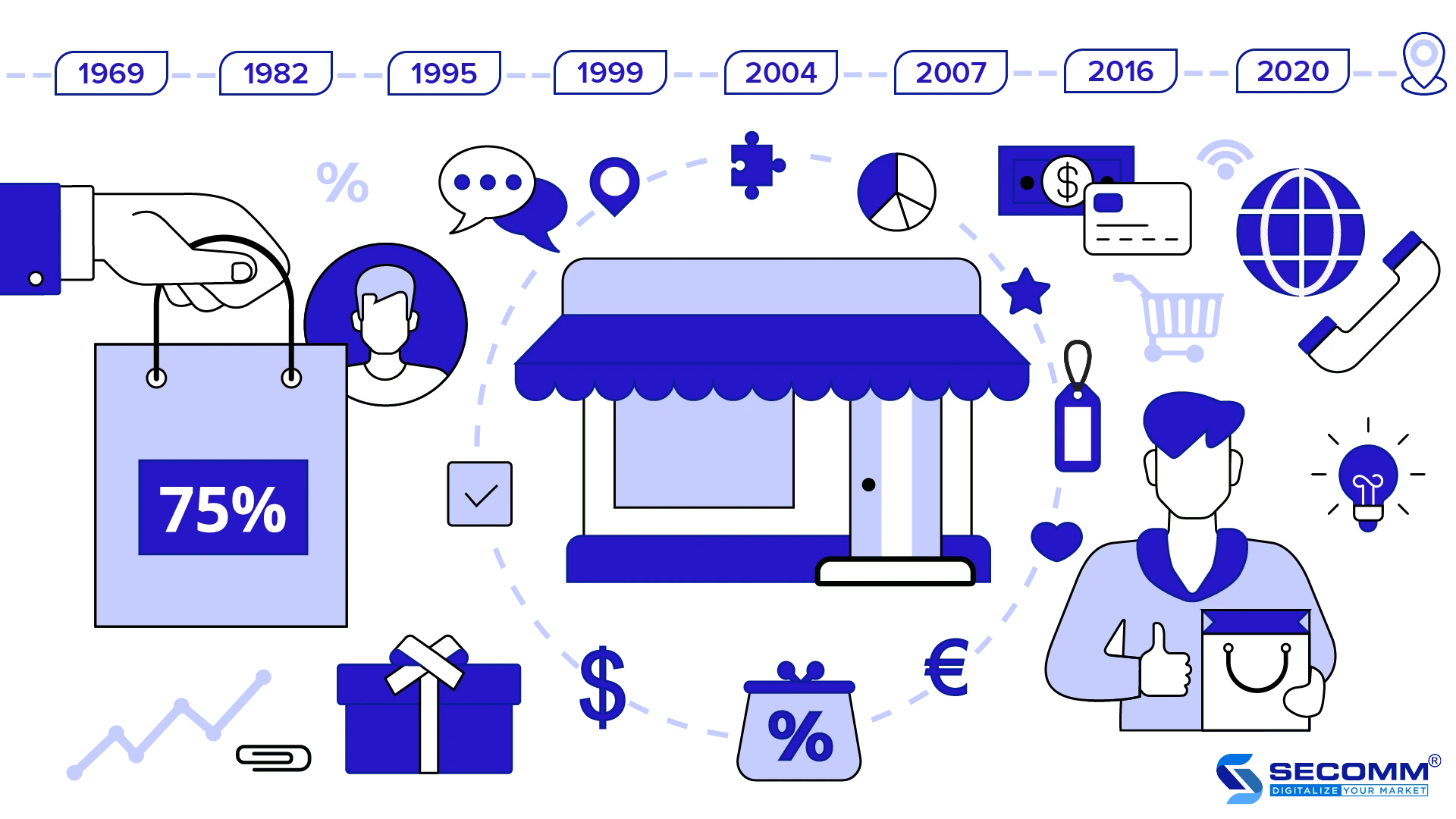
OVER 50 YEARS OF GLOBAL E-COMMERCE JOURNEY (1969 – 2020)
In 1969, Dr. John R. Goltz, Jeffrey Wilkins, and electrical engineering students founded CompuServe – a service that provided an information-sharing portal through the Internet and email network connections.
Michael Aldrich pioneered the first EC system by connecting a television and a computer for transaction processing via telephone lines, enabling a secure information system to be opened and shared externally. This innovation laid the foundation for the development of modern EC systems.
Initially a store supporting the resale of used computers, Boston Computer Exchange became one of the earliest models for today’s EC companies.
Charles M. Stack established the brand Book Stacks Unlimited as the world’s first online book store. Initially using a dial-up bulletin board format, the company later transitioned to the Internet to create an online book trading market.
Jeff Bezos founded Amazon initially as a book-selling business but later expanded its business model to include various products by incorporating new technologies such as cloud computing and artificial intelligence. Amazon ushered in a new era for the EC industry by integrating Internet technology into its business strategy.
Confinity (the predecessor of PayPal) was founded by Max Levchin, Peter Thiel, Luke Nosek, and Ken Howery. In 2000, eBay acquired Confinity and renamed it PayPal, the world’s largest online payment gateway. PayPal addressed many limitations of traditional payment methods, making the buying and payment process more convenient and laying the foundation for EC development.
Alibaba officially entered the EC market, successfully raising $25 million in capital. By 2001, the company became profitable and led the EC platform under the B2B, C2C, and B2C business models. In 2020, Alibaba contributed $12.2 billion to global EC revenue.
Google introduced Google AdWords, the world’s first online advertising tool. This tool supported businesses in marketing their products on Google’s search network, boosting sales for EC companies at that time.
After unsuccessful attempts to build an e-commerce website selling snowboarding equipment on various platforms, Tobias Lütke and Scott Lake founded Shopify – the first platform supporting the development of EC websites worldwide. This platform enables users to easily create online stores without requiring extensive technical knowledge.
The National Retail Federation (USA) coined the term “Cyber Monday” to describe the first Monday after Black Friday, initiating the online shopping season between Thanksgiving and Christmas. This event marked economists’ interest in the global retail market.
Developed by Roy Rubin and Yoav Kutner in 2007, Magento is an open-source platform written based on the Zend Framework and PHP programming language, specifically designed to build complex EC websites. Magento, known for its multitasking capability, high performance, flexible customization, and easy scalability, has become the top choice for enterprises with 200,000 partners and 2.5 million downloads worldwide.
Multinational corporations using Magento to build sophisticated EC systems include Samsung, Nike, Coca-Cola, Asus, HP, Lenovo, Canon, Sigma, Olympus, Port, Pox, Nestle, BevMo, Burger King, and millions of small and medium-sized EC sites globally.
With the ambition to dominate the EC market, Facebook, a tech giant, continuously introduced new features on Facebook Marketplace, Instagram, and WhatsApp, and collaborated with various EC platforms (Shopify, OpenCart, BigCommerce, WooCommerce, and Magento). This made giants like Amazon, Lazada, and Shopee wary, demonstrating the strong allure of the EC market.
The global EC industry set a new revenue record of $2.352 trillion in 2017, a 25% increase from 2016 (according to eMarketer – a US market research company). Cyber Monday alone surpassed $6.5 billion in online sales. Economists predict that EC will be the world’s focal industry by 2025.
2020 marked a significant turning point for the global EC industry. The impact of COVID-19 accelerated the construction of EC systems to meet consumer demands promptly. Currently, EC is not only present on platforms like Amazon, Shopee, and Lazada but also brands are starting to build their own EC websites. Additionally, EC spans various sectors from fast-moving consumer goods (fashion, food, technology) to service sectors (travel, finance, education, furniture, and real estate).
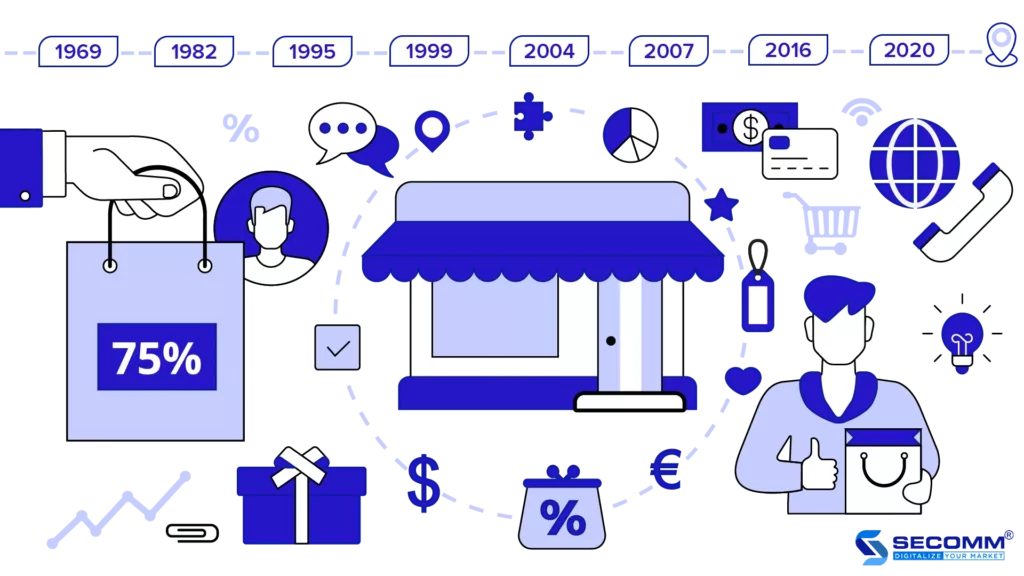
According to the “Southeast Asia Internet Economy 2020” report by Google & Temasek, consumers tend to spend more time shopping online than before COVID-19 (increased from 3.7 hours/day to 4.7 hours/day). Global B2C EC revenue increased from $1.948 trillion to $4.280 trillion, doubling Statista.com’s forecast of $2.238 trillion.
COVID-19 has brought positive effects on the global rise of the EC industry and opened up new opportunities for the Vietnamese economy.
 2
2
 5,657
5,657
 0
0
 1
1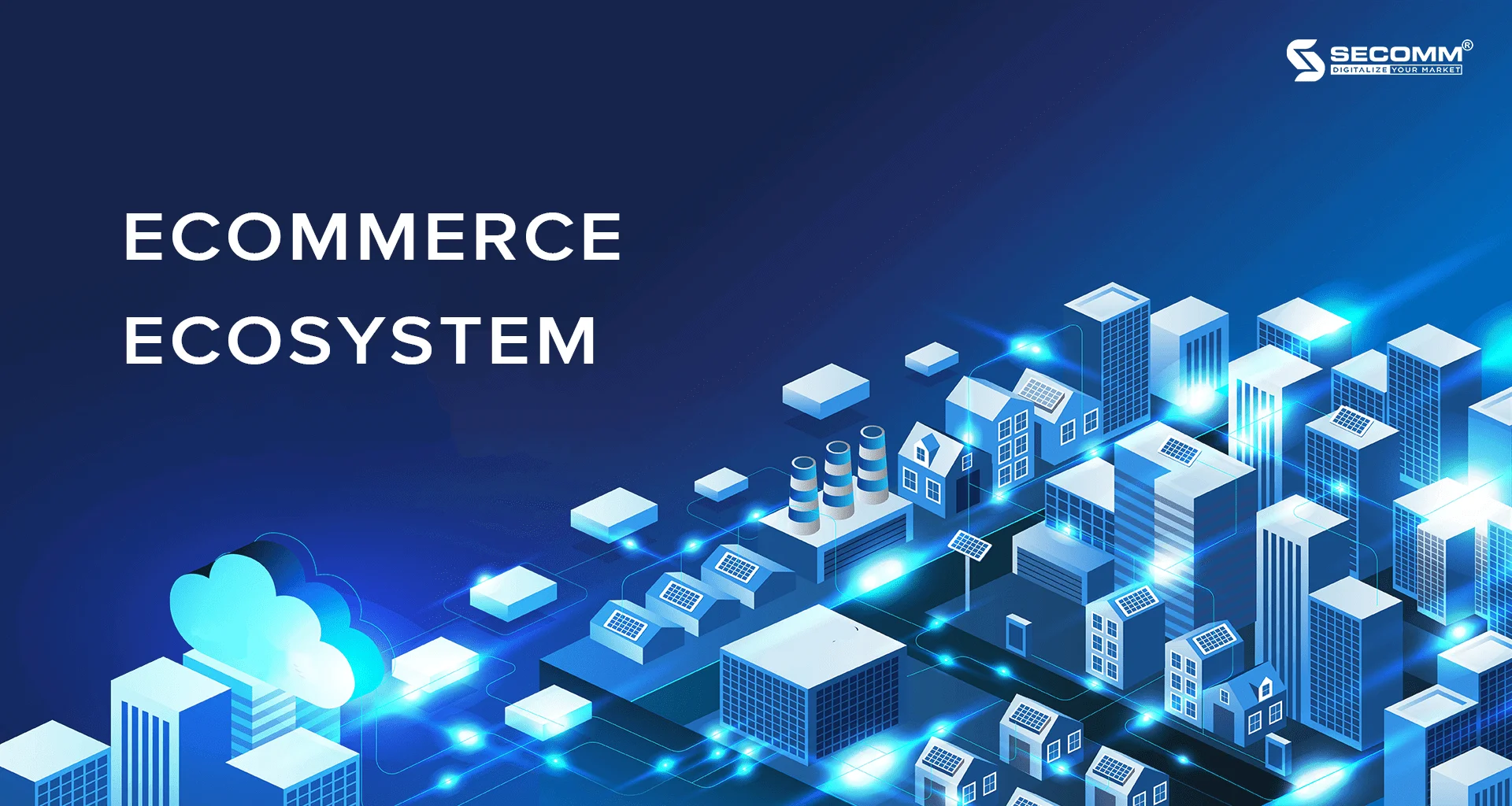
Vietnamese ecommerce businesses are welcoming transformational opportunities amidst the rapid development of technology, market, consumer, and major investor presence. However, for outstanding and sustainable growth, in addition to seizing opportunities, businesses need to build a comprehensive ecommerce ecosystem. Therefore, a best-finish of the ecosystem in general and its components, in particular, is the foundation stimulating businesses, markets, and user interactions.
So, what are the components of the ecosystem? How should the business develop the ecosystem in line with its business strategy?
The ecommerce ecosystem is an interconnected community implementing all interactions and connections of human organisms, social organisms, information technology and applications, and services to provide value and effectively operate the components in the ecosystem. (Based on the concept of Assoc. Prof. Dr. Nguyen Van Hong)
The ecosystem components are operated through consistent mechanisms, policies, and laws to create a secure data interchange system, ensuring the rights and duties of businesses and consumers.
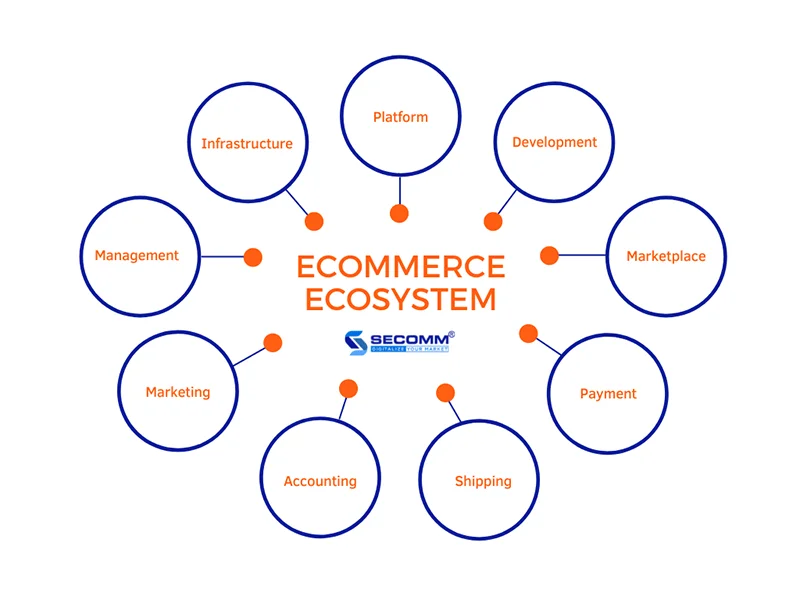
The main components:
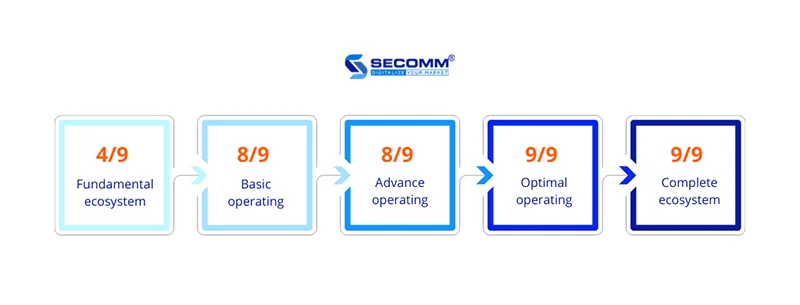
In the 1st stage, while customers are not been aware of their purchasing needs, the ecommerce ecosystem has fundamentally formed, beginning to approach, educate and stimulate consumers’ concern about brands and products.
Basic components (4/9): Infrastructure, Platform, Marketplace, Marketing
Highlight components: Marketplace, Marketing
Inchoate components: Development, Payment, Shipping, Accounting and Management
Customers become aware of their needs at this stage. As a result, the ecosystem comes into operation to approach potential customer needs.
Basic components (8/9): Infrastructure, Marketplace, Platform, Development, Marketing, Payment, Shipping, Accounting
Highlight components: Marketing, Payment, Shipping, Accounting
Inchoate components: Management
The ecosystem enhances operation with many essential functions to directly navigate customers’ searching and buying considerations, thereby increasing the customer funnel conversion.
Advanced components (8/9): Infrastructure, Development, Marketplace, Platform, Payment, Shipping, Accounting, Marketing
Maintaining components: Infrastructure, Development, Marketplace, Accounting
Highlight components: Platform, Payment, Shipping, Marketing
Inchoate components: Management
When customers transition to the decision-making stage of purchasing, the ecosystem maximizes effectiveness in all processes and operational components, simultaneously focusing on developing conversion functions through continuous improvement and innovation of marketing components.
Optimal components (9/9): Infrastructure, Development, Marketplace, Platform, Payment, Shipping, Accounting, Marketing, Management
Maintaining components: Infrastructure, Development, Marketplace, Platform, Payment, Shipping, Accounting
Highlight components: Marketing, Management
All the ecosystem components are complete and effectively interact with each other. In addition, the ecosystem is directed towards operating maintenance to support product experience, customer retention, and return-customer stimulation.
Optimal components (9/9): Infrastructure, Development, Marketplace, Platform, Payment, Shipping, Accounting, Marketing, Management
Maintaining components: Infrastructure, Marketplace, Payment, Shipping, Accounting, Marketing
Highlight components: Platform, Development, Management
Although the ecommerce ecosystem in Vietnam is proliferating, it is being hampered by substantial barriers.
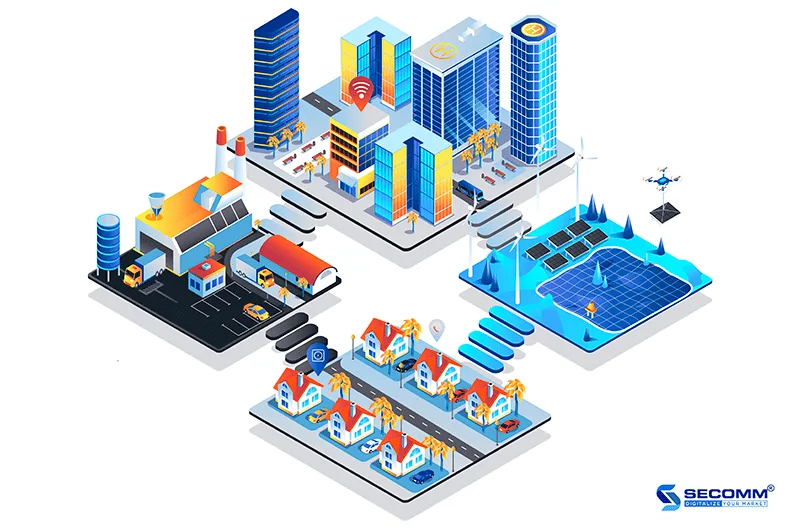
In comparison to the general Vietnam market, ecommerce would be a relatively new business. As a result, the legal framework for ecommerce remains inadequate and disorganised. In which tax, security, and information authentication in e-transactions, intellectual property rights, etc., have not been adequately safeguarded by legal means.
The disparity between the legal framework’s perfection and the faster market change makes ecommerce challenging to control or at threat of unhealthy growth.
Circular No.47/2014/TT-BCT on the management of ecommerce websites, particularly, contains guidelines on the ecommerce business registration process and procedures. However, their controlling method has not been carried out properly, resulting in fewer registered businesses than actual statistics.
Therefore, most of the legalities of starting ecommerce business have not been verified, leading to transaction fraud and other fraud. More serious are domain misappropriation and spoofing by hackers to business counterfeiting, causing severe damage to businesses and consumers.
This shows that the current legal framework needs to enforce more specific steps to prevent attacks from cybercrime.
One of the significant barriers is the reality that occurs throughout the purchase process. For example, product and service quality issues, typically the quality assurance process (for counterfeits, poor quality products), transaction frauds (credit account takeover), and shipping (fraudulent goods exchange in packaging and shipping),… all have a direct impact on customer interests and the healthy, sustainable growth of the ecommerce ecosystem.
Another significant barrier is the competition and investment budgets among businesses. In particular, data security requirements and infrastructure investments are putting financial pressure on existing ecommerce businesses. As a result, the ecommerce ecosystem is primarily controlled by the expansion of marketplaces and international businesses investing in the Vietnam market.
Although the current number of ecommerce ecosystem components is fully completed, the uneven development level makes interactions and operational processes sporadic and challenging to achieve optimal growth. The challenges have mainly come from:
Besides, the most significant barrier is the lack of a strong connection among ecosystem components to bring unifying and synchronous ecommerce solutions. The current connections are commonly between marketplaces and shipping providers or digital banking/e-wallets to provide economical and intriguing solutions for consumers.
However, that seamless and unified connectivity has not yet evolved to maximize business interactions in the ecosystem and among businesses in the ecommerce market.
The ecommerce ecosystem completion is a sustainable foundation for SMEs to build and implement ecommerce business plans aligned with each business stage while generating a complete ecosystem for themselves.
About the number of components
Businesses should determine the suitable components according to each business model and growth stage.
For example, a small and medium-sized enterprise would use the essential ecommerce components, such as the platform, to develop a complete ecommerce system, complete payment, shipping, and integration processes integrating more management software, namely CRM, POS, accounting, and marketing tools.
Nevertheless, a medium/large-sized enterprise can integrate ERP for resource operation or omnichannel for efficient expansion.
About timeline
Following the identified ecosystem components, a business can estimate the appropriate timeline to promote in-time business processes, fully satisfying the market requirements and customer needs. Thereby, the satisfaction enhances the planning efficiency and the ecommerce ecosystem.
About the implementing budget
The budget would be distributed more specifically once the essential ecosystem components are clearly defined for your business model. Determining the proper budget is a critical factor for SMEs to successfully implement ecommerce and sustainably grow. This is especially important for existing SMEs due to the considerable budget pressures and the long-term investment process.
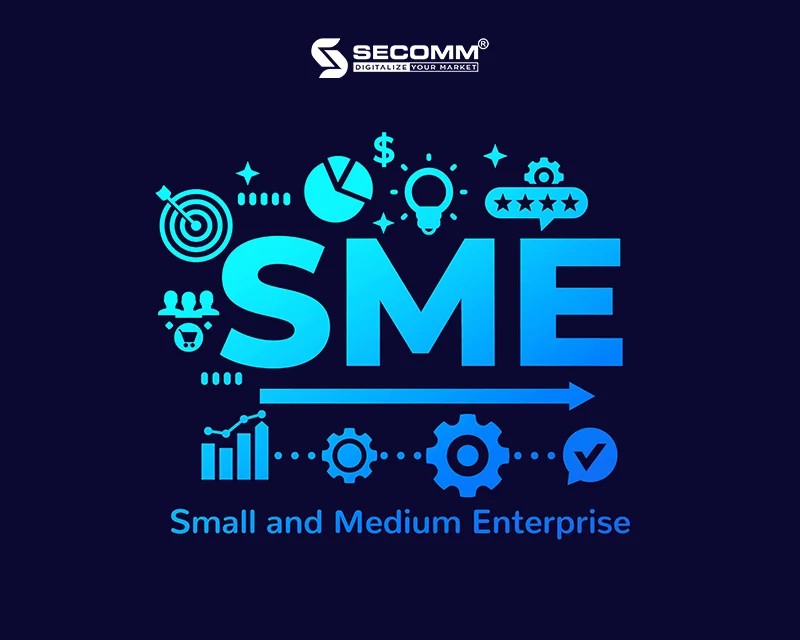
However, most of those SMEs still face many challenges in building their ecommerce plans. They have not adequately defined their business model’s needed and best-suited components, resulting in timeline and budget dilemmas.
With in-depth experience providing full-service ecommerce solutions, SECOMM will accompany businesses in respective stages of ecommerce implementation with tailor-made solutions.
Contact SECOMM to receive a comprehensive ecommerce consulting solution for your businesses.
 2
2
 7,932
7,932
 0
0
 2
2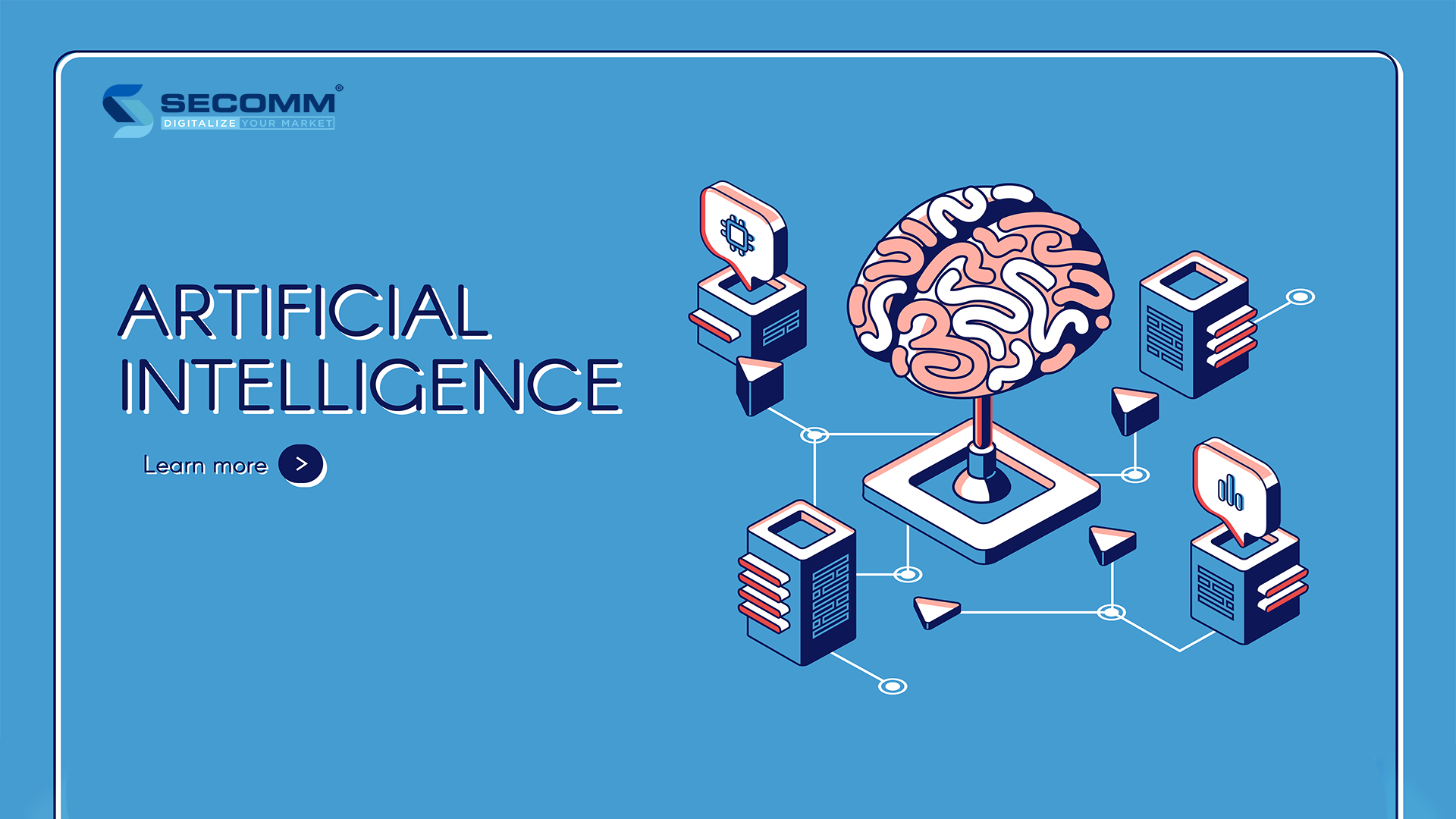
Traditional shopping refers to the way customers directly buy products at stores, markets, or supermarkets. Since that trading model has emerged, the ecommerce experience about products has often originated from direct product-observation and -interaction. A consumer can hold and touch the item directly, feeling its characteristics, such as hardness, softness, size, or even color. They can quickly try one dress and exchange another one for a suitable size. This model has several benefits for shoppers:
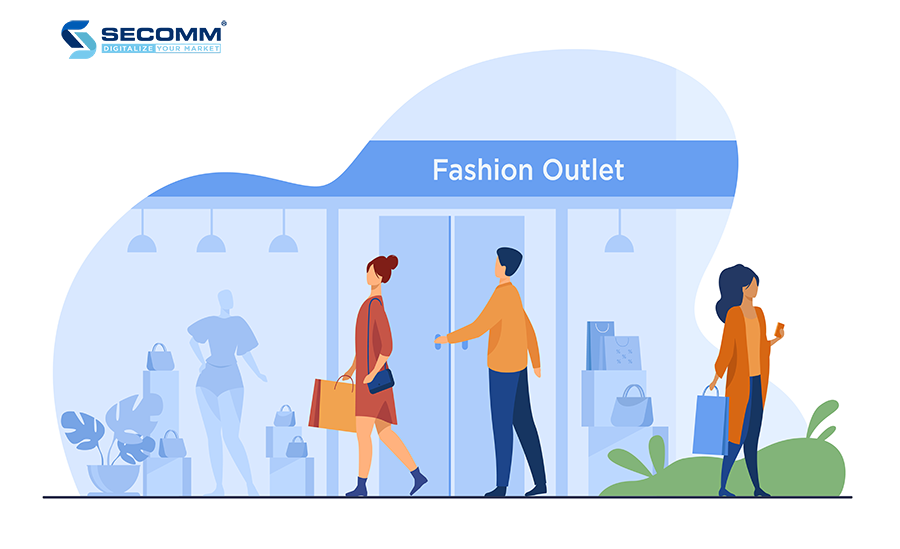
The benefits of experiencing products with traditional models will have many changes in online shopping models. Although customers will enjoy the convenience of freely choosing a suitable item in a wide range of goods at more bargained prices and also experience regular promotions, the limited interaction with the product pre-buying has reduced the convenience as the traditional model did before.
With the rapid development of the digital age, customer demand is a critical factor that is a priority in every development strategy and orientation. In particular, businesses also invest more in modern technologies to optimize consumer-product interaction, and AI applications are a useful option for ecommerce experience optimization process.

Within the Ecommerce field, AI aims to the product experience, contributing to the efficiency of the business’s customer-centric orientation. The AI application has been integrated into search engine systems to support the creative and effective searching process with features such as “search by image” associating with material, shape, size, or brand. The display technology also invests in improving product interaction, shortening the distance between online and offline models.
Moreover, AI supports the ecommerce industry as a knowledgeable online assistant. This technology can bring two-way benefits when supporting both user experience and data analysis about user behavior trends.
Those are the two factors motivating brands to invest in developing more modern and efficient AI platforms towards a smarter, automated model for perfect customer experience.
Since applying to the ecommerce industry, various AI technology types have contributed to significantly changing consumer habits and purchasing decision-making processes, ultimately optimizing the convenience that customers received from online shopping. However, AI tools are continually developing and improving every day to enhance the user experience, and they also regularly stay updated with many popular trends.
The 3D formats have been practical to enhance more excited customer-product interactions. Customers can observe different product aspects or even try placing a small decoration item at any house location to check the product’s suitability. This invisibility generally creates exciting experiences to increase interaction making customers more interested in the product.

Some interior brands have been using 3D scanning technology to perfectly experience interior space and architecture. Based on a provided video, customers can enjoy AR via remotely 3D virtual reality technology.
That AI ability can be a perfect solution when a store has too many customers visiting at the same time while the fitting room is overloaded. Customers can scan product images and try them out on a mobile phone screen. This technology is already available on Lacoste’s app, supporting customers to try their favorite shoes freely via their smartphone.

The development of 3D and virtual reality technology has proved that nothing is impossible in the digital age. AI development is also a considerable solution for ecommerce barriers, mainly interacting with products when buying online to optimize ecommerce experience.
In the future, as many expert predictions, AI can be a modern and popular trend to optimize the ecommerce experience correctly. However, businesses also need to consider the needs of target customers to have appropriate applications and increase the number of potential customers and loyal customers in the long run.
 2
2
 4,196
4,196
 1
1
 1
1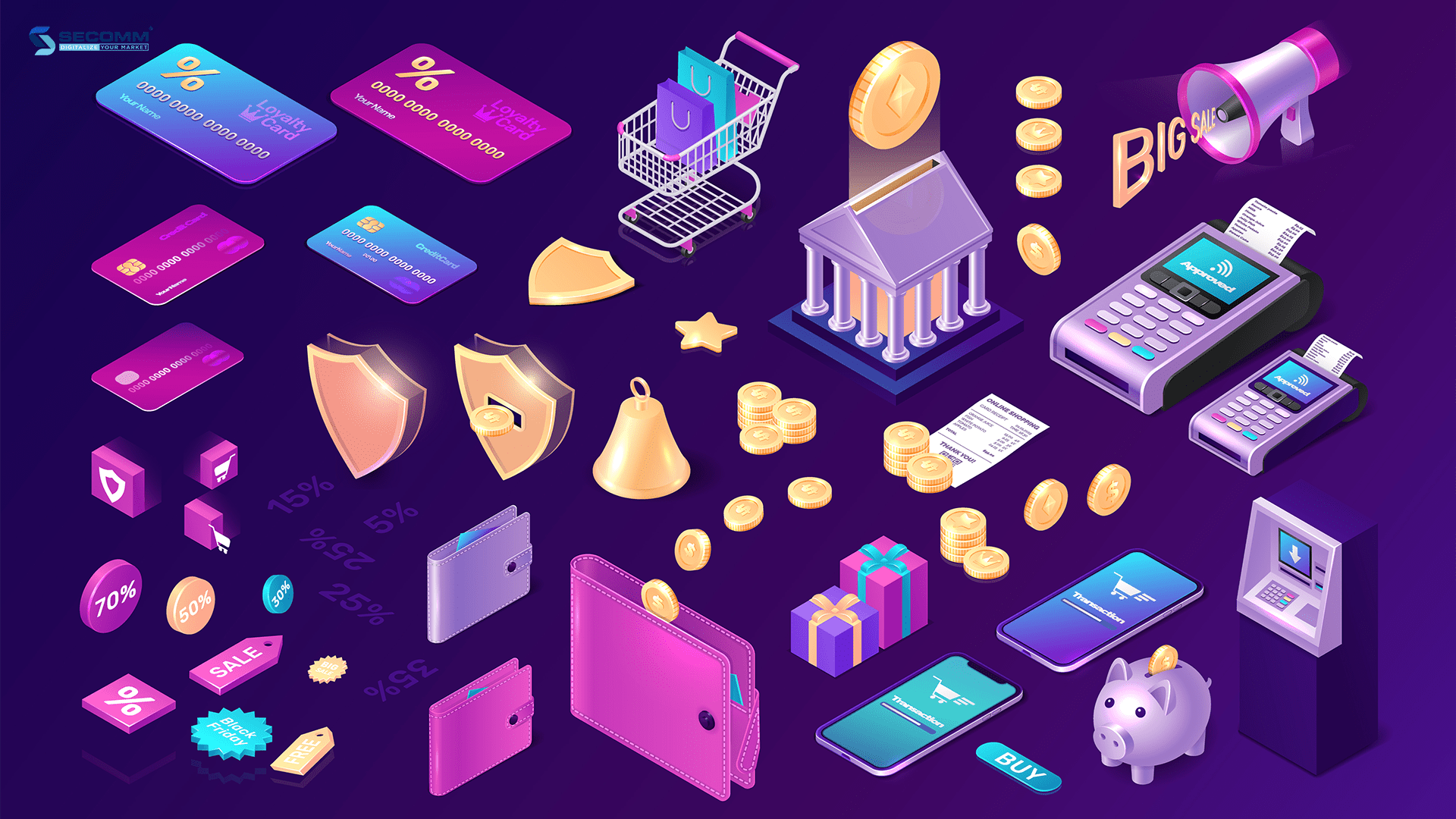
Customer-centric orientation can significantly improve the problems that consumers are suffering from shopping online. This orientation is correctly a long-term process to breakthrough ecommerce barriers, follows the business for a lifetime, creates brand values as a result, and other measurable values, such as highly-appreciated customer feedback, increasing the number of products sold.
At first glance, customer-centric orientation looks quite general and tends to imply intangible values. However, the “customer-in-center” mindset can generate both cognitive and measurable values. Before it can create measurable values, the business needs to have a clear awareness and specific purpose of this orientation, maintaining it as a unified business culture.

To get started, be customer-friendly in all aspects—organizations at first need to analyze the customer community’s needs and insights. Customer feedback, including limitations from existing products/services on the market, service quality, promotion campaigns, is the foremost factor to consider. Proactively getting customer feedback on products and services is all valuable information; thus, organizations will have time to complete both product systems and customer service.
It is an equally critical factor that improving user interface can produce oriented rather than product-centric. Many businesses assumed that the “good wine needs no bush” developing style would naturally create attraction itself. Indeed, this style is not wrong; however, it is still not powerful enough in the long run. Proactively taking care of customers, receiving the limitations of existing products are the fastest steps to improve producing more appropriate products. Products tailored to the needs make customers perfectly comfortable in the user experience.
To breakthrough ecommerce barriers effectively, one of the critical things is to set clear business goals. It is difficult to predict future fluctuations; however, proactively create realistic goals and prepare everything to achieve them. Businesses can start from their monthly goals about the cost, revenue, or market share achieved, then set out tasks to achieve the goal instead of declaring the whole year’s goals with an incredible number that no one could ever reach.
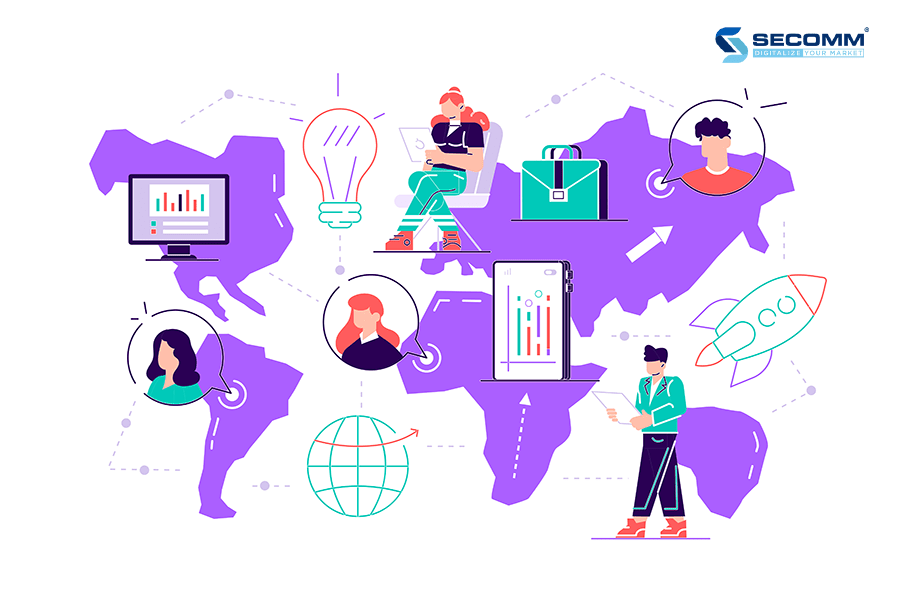
Besides, sales goals can give great support to an organization’s financial problem. In particular, the cash-flow factor should not become the only weapon that businesses abuse to invest endless-capital for ecommerce races. The fact has proved that enormous capital investments have made a large number of SMEs miserable. Meanwhile, ecommerce giants have received sponsorship from well-known global ecommerce organizations. They have been ready to run.
The ecommerce market needs to tighten product policies to deal more effectively with fake or low inferior quality products. This reason is the most significant issue without any practical solutions, and it also comes from both sellers, ecommerce enterprises, and consumers. Vendors are for-profit; businesses cannot control the stores; consumers prefer low prices despite good-quality; all of them are potential factors making the issue of fake goods, counterfeit goods more widespread.
To temporarily deal with the issue of inferior quality goods, it is necessary to focus on developing return and exchange policies and accompanying preferential policies. Businesses should quickly recall counterfeit or error products if the customer has received the product, give back customers an authentic one, and may come with a discount voucher for the next purchase. This reaction shows the attitude of the proactive settlement of businesses, as well as keeps customers calm.
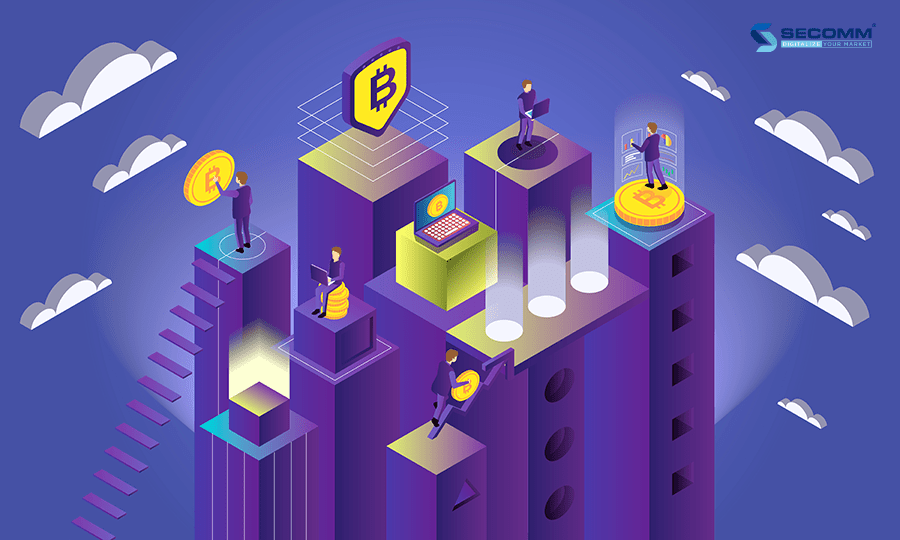
On the other hand, to maintain the product and brand values in the long term, there should be a permanent policy in product quality assurance, product censorship policy before officially selling products online—for example, the ecommerce website TIKI.VN has done well when ready to commit a 111% refund if found counterfeit, simultaneously also completed the product quality assurance process before officially opening for sale on the website.
Additionally, other ecommerce businesses also make commitments to supply genuine products much more firmly. However, this is just an effort from one side; ecommerce businesses can only fulfill their role and work to ease the issues, not the most radical solution because counterfeit or inferior quality goods had originated from when traditional trading existed. In terms of a holistic approach, significant efforts from every consumer are essential, in other words, personal consciousness. This effort is quite complicated and needs to come first from the family and society’s educational process to form consciousness in human growth and personal development.
A high sense of quality will be the most comprehensive solution, whether from consumers, sellers, or businesses, which can then create more weighty policies that maximally protect consumers’ interests not only in ecommerce but also in all other economic sectors. Comprehensive policies will significantly eliminate inferior quality goods step by step to breakthrough ecommerce barriers.
Customers, cash flow, and product quality are the keys to determining the success of an ecommerce system, also affecting many other aspects. Therefore, to do breakthrough ecommerce barriers is to come first from the leading foundations and create synergy for removing existing barriers.
 2
2
 3,927
3,927
 0
0
 1
1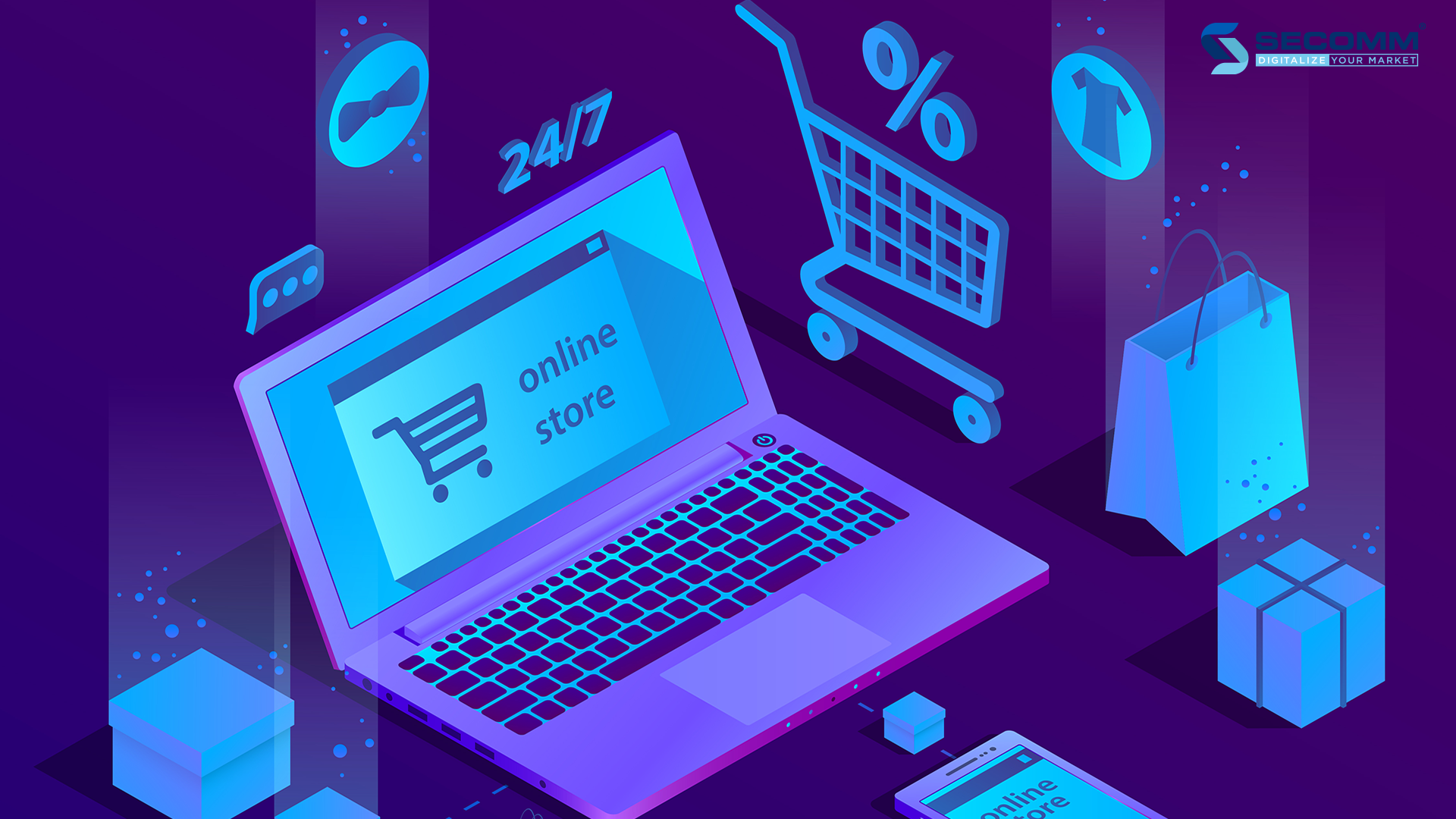
The variety of products published on every ecommerce website is always diversity-guaranteed to meet almost the market needs. However, ensuring the criteria of goods quality has been an unresolved question up to now, becoming one of the barriers to the ecommerce industry. The burning issues of low-quality products, counterfeit consumer goods are eventually uncontrollable and exist in the market. Those effects can be derived from a couple of factors that can be analyzed from the perspective of the sellers, ecommerce enterprises, and consumers.
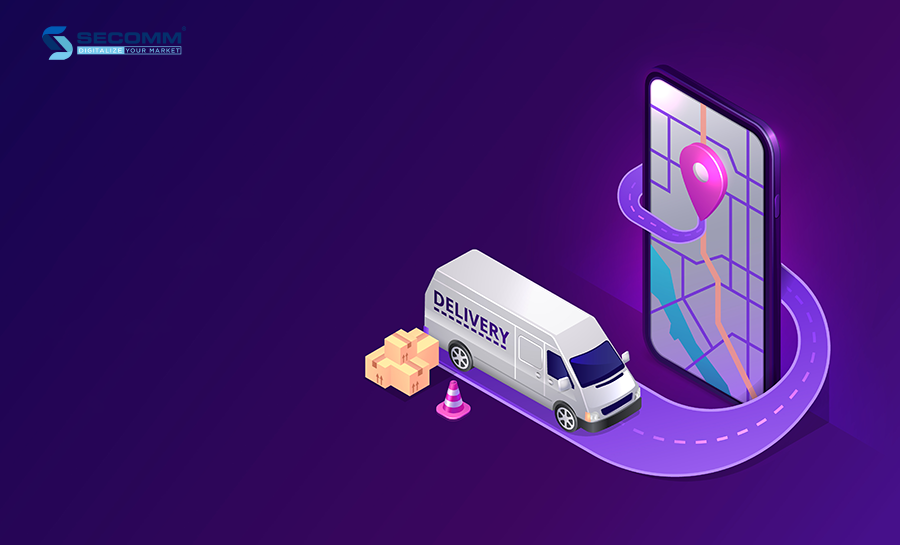
The low-quality of goods has come from the traditional trading model operated offline, and merchants inevitably take responsibility in that case. Although consumers can contemplate the offline model seriously, the product quality is still sellers’ responsibility and control. Uncontrollable-quality sources become a critical issue when merchants provide goods with a profitable price to get much higher returns by selling fake or inferior quality products with very attractively “low” prices. In the flourishing process of online business, those unsolved issues have the chance to spread across the online-offline frontier and lose control.
When the quality issue emerges, e-firms are the first to be impacted. Those types, namely B2C and C2C, act as middlemen for merchant support to sell products on ecommerce exchanges.
Consequently, those enterprises restrict the source of inferior products and entirely rely on consumer feedback to address the issue in a very passive way. The quality barrier prevents enterprises from gaining consumer trust to maintain their loyalty.
The spread of low-quality goods partly comes from consumer awareness. In the e-market, there is still a consumer group preferring inexpensive or on-sales items to other high-price and authentic products to save the living cost or try a variety of products. They tend to choose low-price items neglecting the origin and information while never complaining about the lack of product-clarification. Low-awareness behavior gradually contributes to the growth of uncontrollable-inferior products and as a result, the development of barriers to the ecommerce industry.
The growth of poor quality products depends on many factors and the responsibility of sellers, businesses, and consumers for the sake of a healthy and trustworthy market.
The need to change buying behavior from offline to online is also one of the barriers to the ecommerce industry in Vietnam. To certainly clarify, take a look at three fundamental behavior-levels happenings when consumers make a purchase.

The first group is pure traditional shoppers, who tend to see and touch what to buy. They wholeheartedly believe their eye-process can ensure more quality and conformity of the product. Therefore, they never trust any online items because of unmanageable-value. As a consequence, changing the buying habit of this group is the most challenging requirement.
The second group is hybrid buyers combining traditional and modern buying styles. That hybrid group tends to select-for-best. For instance, they can quickly add a book or ten pens to their cart because it is more convenient than buying at the bookstore. However, they will directly go to a clothing store to choose an item that fits their size and ensure the fabric quality. That behavior similarly happens when they buy shoes, bags, or other fashion items. In brief, hybrid customers have changed their buying habits in the most popular fields over the years. Hence, there will be much higher requirements for unique products such as fashion items, technology devices, motorcycles, and cars in some cases.
The last group tends to complete online shopping. They take advantage of online shopping as a convenient and speedy tool, helping them save more time during the shopping process. However, this group still has some challenges: maintaining trust-worthy and credibility to upgrade target consumers to loyal customers.
While the increasing mobile-usage has somewhat raised the online shopping demand, the user-habit transformation is a worth-factor that needs better solutions in long-term strategies or it will be one of the barriers to the ecommerce industry. In particular, the significant element affecting ecommerce user-habit is the story of quality-expectation and the reliability of online stores.
Long-term productive resources in the ecommerce market are also one of the considerable barriers to the ecommerce industry. For this purpose, the ongoing need includes warehouse management, branding & marketing, payment & shipping processes. Consequently, all of the elements should require enterprises to keep the non-stop funding on continuous losses.
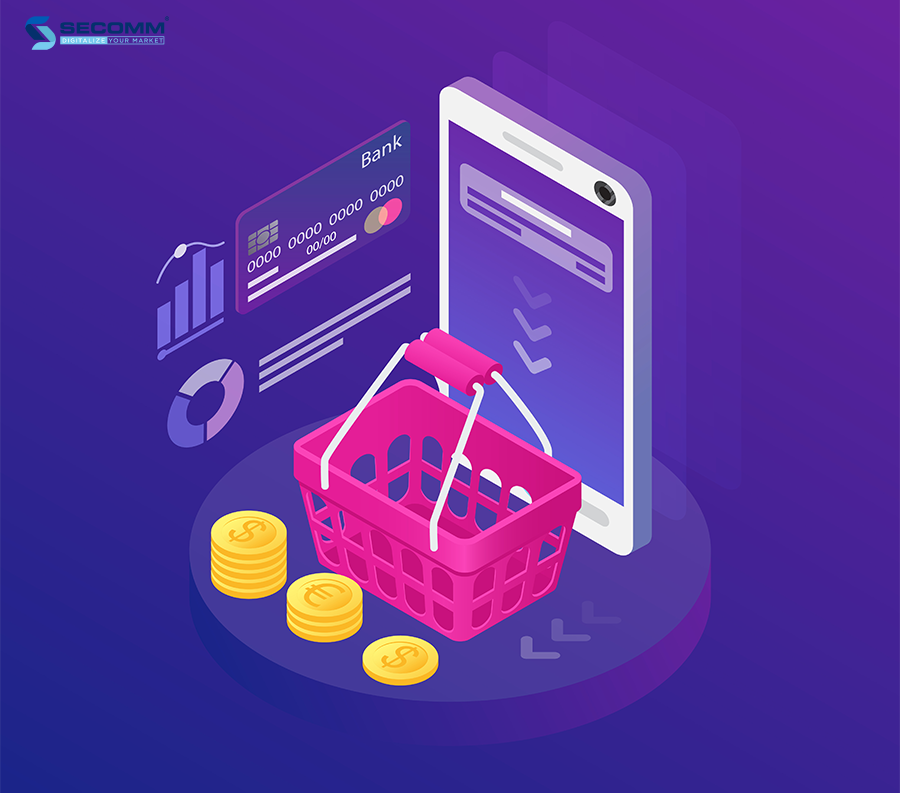
Along the same lines, small and medium-sized enterprises can not afford long-term competition versus the ecommerce giants in the market. For instance, international names like Alibaba, JD.com, or Amazon create an enormous distance for other SMEs to overtake.
In general, the capital investment race invisibly makes large ecommerce businesses more robust and extensive. Meanwhile, it oppositely generates more barriers to the ecommerce industry in Vietnam due to the lack of sufficient capital in the long term. Following this, depending on each organization, there will be many issues when operating an e-business. Therefore, it is necessary to have the most comprehensive outline and meticulous ecommerce study to set the oriented developing goals.
 2
2
 8,657
8,657
 0
0
 1
1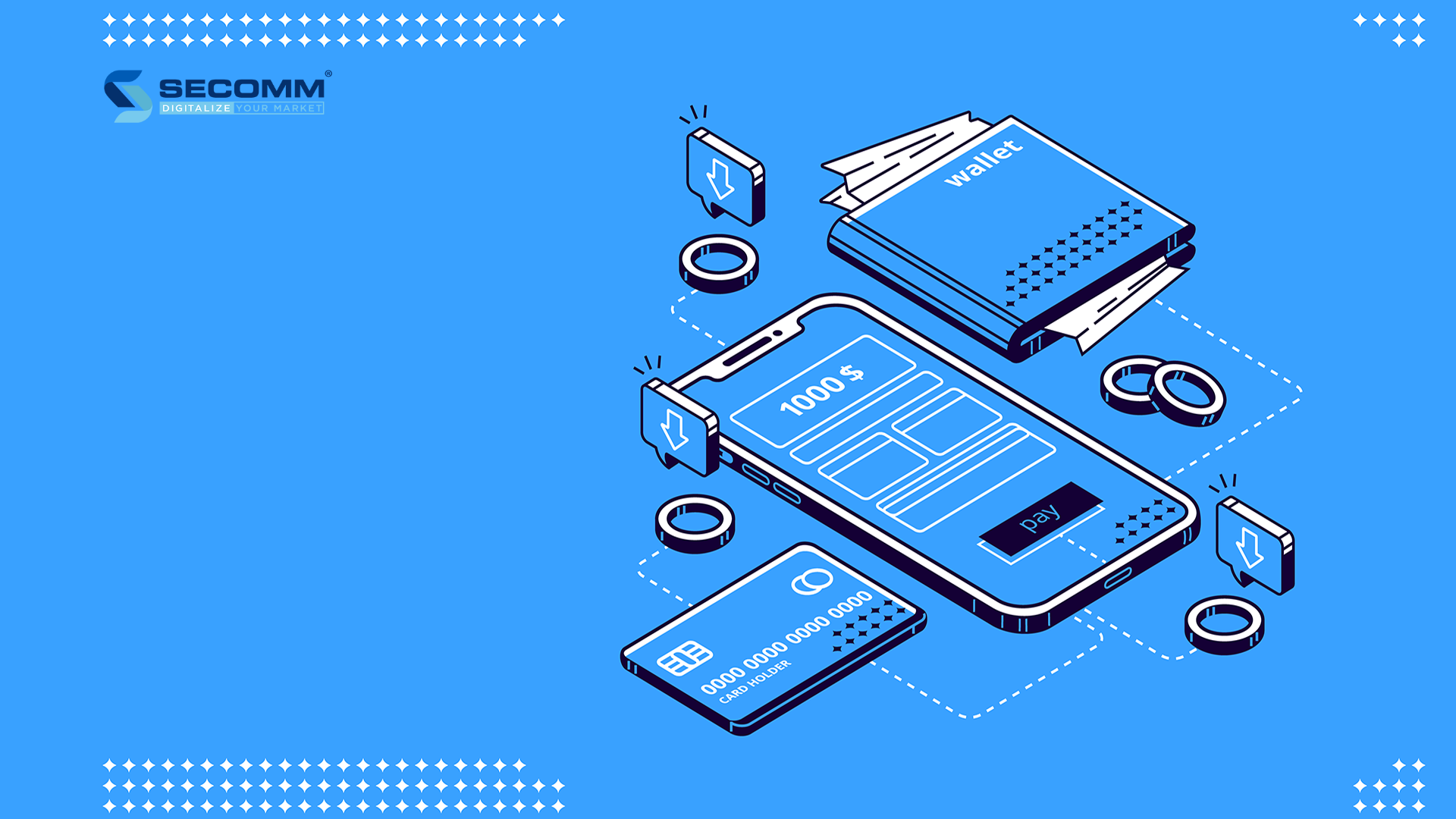
To discuss the establishment of ecommerce businesses in Vietnam, firstly, it is necessary to look at the development of the website systems. Years ago, the websites primarily displayed information on the Internet for easy access from audiences. Gradually, it has become a competent tool in creating brand identity, improving reliability, and supporting businesses to collect one-click testimonials from their visitors.
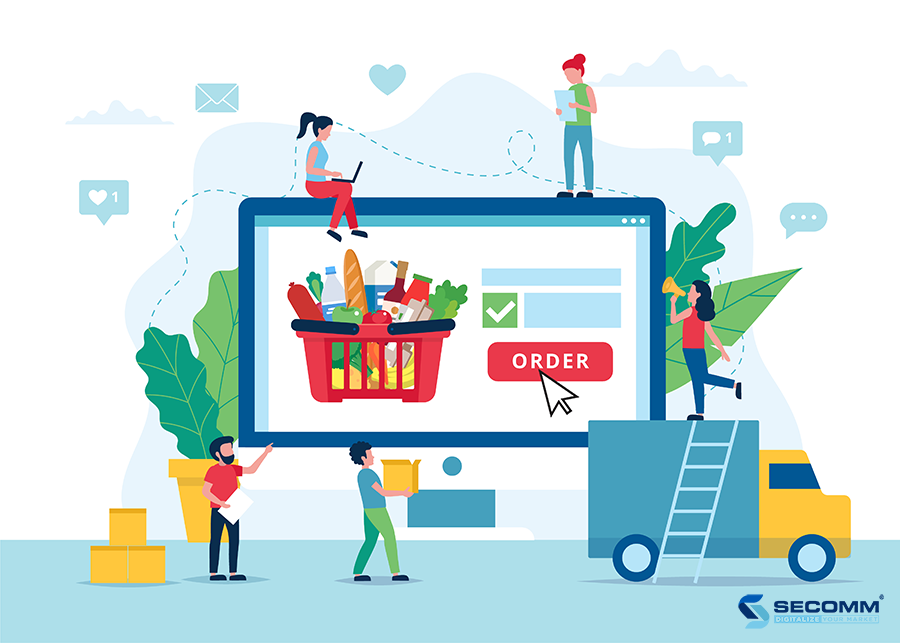
Over time, businesses want to increase productivity by selling products while saving costs and facilities. On the other hand, customers also need to buy products faster without directly going to the store. That is the reason leading to the birth of ecommerce.Today, the flash development of ecommerce allows businesses to easily access the market while increasing the opportunity to maximize user experience. In Vietnam, the ecommerce market has only been growing in recent years but has made a breakthrough with prominent brands like Shopee, Tiki, and Lazada.
Magento has excellent functions, which highly create flexibility and adaptability, accommodating all sizes of ecommerce businesses in Vietnam. However, Magento is not very friendly for beginners. Instead, the platform has a massive range of features that are adaptive for almost the user-community.
WooCommerce is not an autonomous platform to build an ecommerce website. It is a type of plugin running on WordPress. In other words, WooCommerce will optimize ecommerce functions for the website community based on the WordPress foundation. Thus, enterprises can start an online development plan in a more accessible and faster way.Utterly different from Magento, WooCommerce is more comfortable to use, especially suitable for beginners. Plus, it also possesses enough extensions handling almost basic tasks from product management to payment methods that can bring a website to the top ecommerce business in Vietnam.
Pick up enormous scores from users; Shopify possesses the functions to integrate SEO, supporting the website system work, and customize fluidly. It also provides services based on the SaaS model with the main control center.
Haravan is an open platform allowing easy website creation with similar characteristics to Shopify and WordPress. The platform possesses various features providing more conveniently supportive sales-management tools, especially the multi-channel sale on ecommerce websites, namely Lazada, Shopee, and Tiki.
The website system is a prerequisite to be maintained, updated regularly and continuously because it is the only interface connecting businesses and customers. For ecommerce businesses in Vietnam, designing a web system plays a crucial role in contributing to the success of an online business or its failure. This design phase is usually performed by the UI/UX team responsible for both visual and user experiences on the websites.
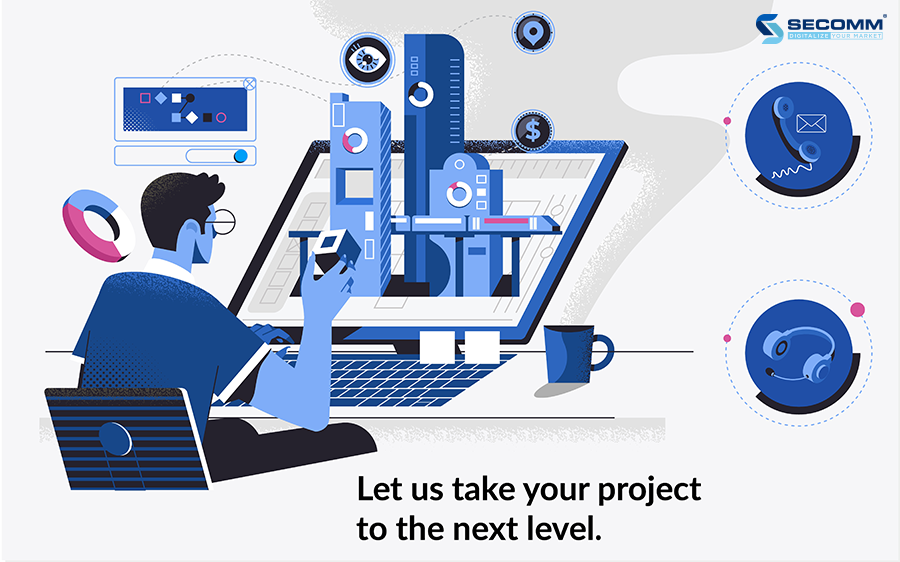
With the experience of developing ecommerce websites, SECOMM developers can apply most of the current platforms to meet our partners’ needs, especially ecommerce businesses in Vietnam. We always value the quality of our work and provide the most appropriate solutions to the occurring issues. Promptness, timeliness, and quality are the consistent goals that we always aim at in the process of operation.
 2
2
 4,121
4,121
 0
0
 1
1
One of the factors stimulating e-business growth is the high demand for the internet, in which Vietnam is the top-country in terms of internet users. Therefore, online selling has a fast-growing rate with impressive recorded statistics and contributes to the country’s market economy in many ways. The following is the large-scale blooming of e-business in Vietnam.
Besides, online businesses can easily access the market while just using about 1/10 of the marketing channels’ cost. Low advertising costs have increased the popularity of online sales, which grows not only on the domestic scale but also globally.

Since 2016, e-businesses in Vietnam have undergone significant breakthroughs by cooperating with international partners, making businesses participate in the e-business market, and marking the premise for the outstanding growth of e-businesses at present.
The Amazon penetration into the Vietnam market has come up with new opportunities for a huge community of e-business in Vietnam. The country has a strong potential for traditional handicrafts, which are considered unique and ideal for selling online. With that strength, Vietnam will promote domestic products to international markets at competitive prices.
Under the support of Amazon Global Selling, Vietnam brands can integrate with international e-markets with significant growth, which is a step toward the digital economy in Vietnam.
Vietnam has expertise in producing goods, so Amazon Global Selling’s participation meaningfully contributes to accelerating the market-expanding process for both international partners and consumers. That contribution can boost the working process for Vietnamese businesses and the ecommerce market share of the economy.
Besides wide-open opportunities, e-business in Vietnam quite faces significant challenges from the Amazon advent. Firstly, Amazon makes domestic ecommerce in the face of fierce competition. The Vietnam market had welcomed Alibaba previously.
Nevertheless, it was not overly ambitious because large enterprises had their proven capability in this field, namely Shopee, Tiki, Sendo. However, the long-term race invisibly extends a boundary for SMEs to cross over or get close to the same level.

Secondly, publishing products in the international ecommerce field increases expenses. The more giants join the ecommerce game, the more earnestly and competitively the race of spending money becomes. However, plenty of e-businesses focus on the spending process of selling 1 billion dollars of goods without having correct forecasts on long-term expenses. In the long run, over-spending will require more investment, affecting the bottom-line growth, namely the businesses’ net profits.
On the other hand, the origin and quality of goods need to be guaranteed. Regarding the current ecommerce market in Vietnam, fake or counterfeit products have not been solved thoroughly up to now. As a result, selling on Amazon will face restrictions if businesses can not control their goods’ quality. Simultaneously, it requires policies from the government to promote ethical businesses within the Vietnamese economy.
In general, Amazon has created a new breeze for e-business in Vietnam. It plays a vital role in stimulating market competitiveness, improving product quality, and user experience for great customer-oriented support. However, to do that, businesses need to have the right strategies in addressing challenges and difficulties to shorten the cooperation process with both partners and international customers.
 2
2
 6,377
6,377
 0
0
 2
2Subscribe to get the latest eBook!
Hotline